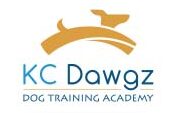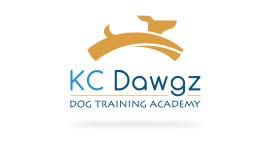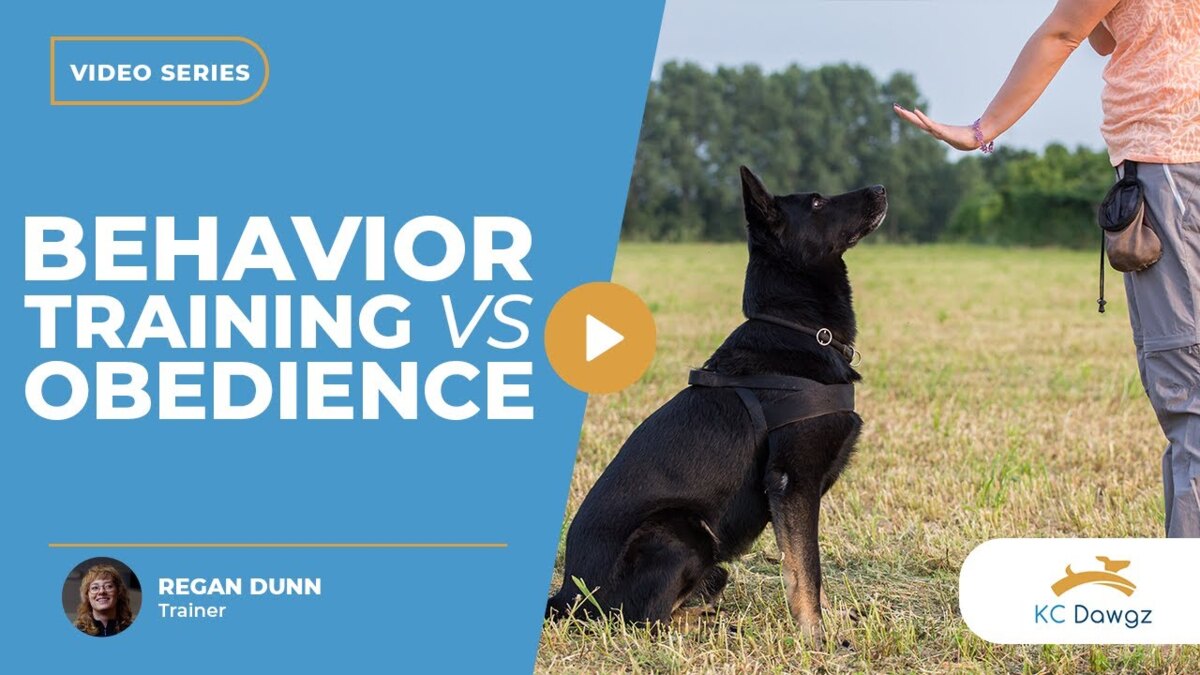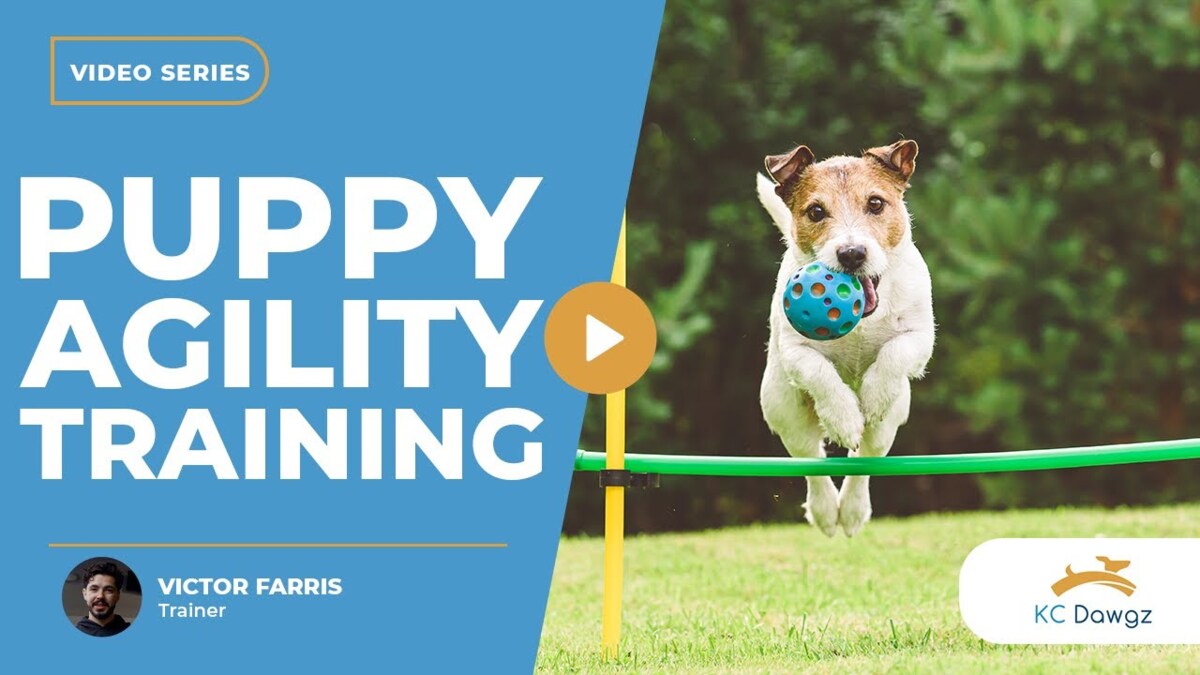Bringing a new dog into your home is an exciting time, but it can also come with challenges, especially if it’s your first time training a dog. As much as we love our dogs, they need guidance to understand how to behave in various situations. Dog obedience training is the key to shaping your dog’s behavior and building a strong bond based on trust and respect. In this post, we’ll explore what you can expect from your first dog obedience training session, so you can walk in feeling confident and prepared.
Understanding Dog Motivation
At the heart of effective dog obedience training is understanding what motivates your dog. When you start your first session at KC Dawgz, we’ll spend time learning about your dog’s unique personality and what drives their behavior. Every dog is different—some may respond better to treats, while others may be more motivated by toys or affection.
By identifying your dog’s motivation, we can tailor the training to make it as effective as possible. Once we understand what gets your dog excited, we use that to encourage positive behaviors. For example, if your dog loves playing fetch, we can use that drive to reward them for following commands. It’s not just about following orders; it’s about making sure your dog enjoys the process and feels rewarded for good behavior.
Marker System: Teaching Your Dog Right from Wrong
In your first dog obedience training session, one of the first things we’ll teach you is the marker system. This system is crucial for clear communication between you and your dog. A marker system allows your dog to know when they’ve done something right and, later in the training, when they’ve done something wrong.
Think of it as a way of letting your dog know instantly that they are on the right track. The marker system is an essential tool because dogs need immediate feedback to understand what behavior you are rewarding. By using markers, whether it’s verbal cues like “Yes” or “No,” or specific sounds, you create a direct link between their actions and the rewards they get.
Here’s how it works:
- Correct behavior: When your dog performs the desired action, you immediately give a positive marker (e.g., “Yes!”).
- Reward: Follow the marker with a reward, such as a treat or praise, reinforcing that behavior.
- Incorrect behavior: Once the dog is more advanced, we introduce markers that signal they’ve made a mistake, helping them understand what to avoid.
Managing Your Dog’s Day-to-Day Routine
Dog obedience training doesn’t just happen during your sessions. One of our goals is to help you manage your dog’s behavior throughout the day, fitting training into your daily routine. Whether you work a typical 9-5 job or have a more unconventional schedule, we can help you create a plan that works for you and your dog.
We understand that every household is different. Some people may work from home, while others may work second or third shifts. Whatever your schedule looks like, training can be adapted to fit into it. Our job is to help you understand how to integrate obedience training into your dog’s day-to-day life. That way, the training becomes part of their natural routine, rather than something extra or overwhelming.
Communication and Setting Expectations
Clear communication with your dog is another critical element in dog obedience training. During your first session, we’ll work together to develop communication skills that will help your dog understand you better. Consistency is key here—using the same words, tones, and gestures will prevent confusion and make it easier for your dog to learn.
We’ll also talk about setting realistic expectations for your dog. Just like humans, dogs have different personalities and learning speeds. During training, patience is essential. Some dogs may pick up commands quickly, while others need more time to adjust. Together, we’ll discuss your dog’s temperament and emotional state so that you know when to push forward and when to give your dog a break.
Additionally, holding your dog accountable for their actions is a crucial part of the training process. As your dog begins to understand commands, we’ll show you how to ensure they follow through, even in challenging situations.
Free Assessments and What to Expect from Your First Session
If you’re curious about starting dog obedience training, we offer free assessments to help you get started. During this assessment, we’ll take the time to evaluate your dog and discuss your goals for their training. You’ll have a chance to ask any questions and learn more about our approach.
During your first dog obedience training session, you can expect us to cover the basics of managing your dog’s behavior, communication strategies, and the marker system. This session is an opportunity for both you and your dog to get comfortable with the process. We’ll provide you with a clear understanding of the next steps, ensuring you feel confident in moving forward.
Key Takeaways from Your First Dog Obedience Training:
- Understand what motivates your dog to tailor the training to their personality.
- Learn the marker system to provide instant feedback during training.
- Incorporate training into your daily routine to maintain consistency.
- Set realistic expectations based on your dog’s temperament and learning pace.
- Take advantage of free assessments to ensure you’re on the right path from the beginning.
In Summary
Starting dog obedience training can feel overwhelming at first, but with the right approach, it’s a rewarding process that strengthens the bond between you and your dog. Whether you’re focusing on basic commands or managing more complex behaviors, the key is clear communication, consistent feedback, and understanding your dog’s unique personality.
If you’re ready to begin your dog’s training journey, contact us today to schedule your free assessment and first session.




